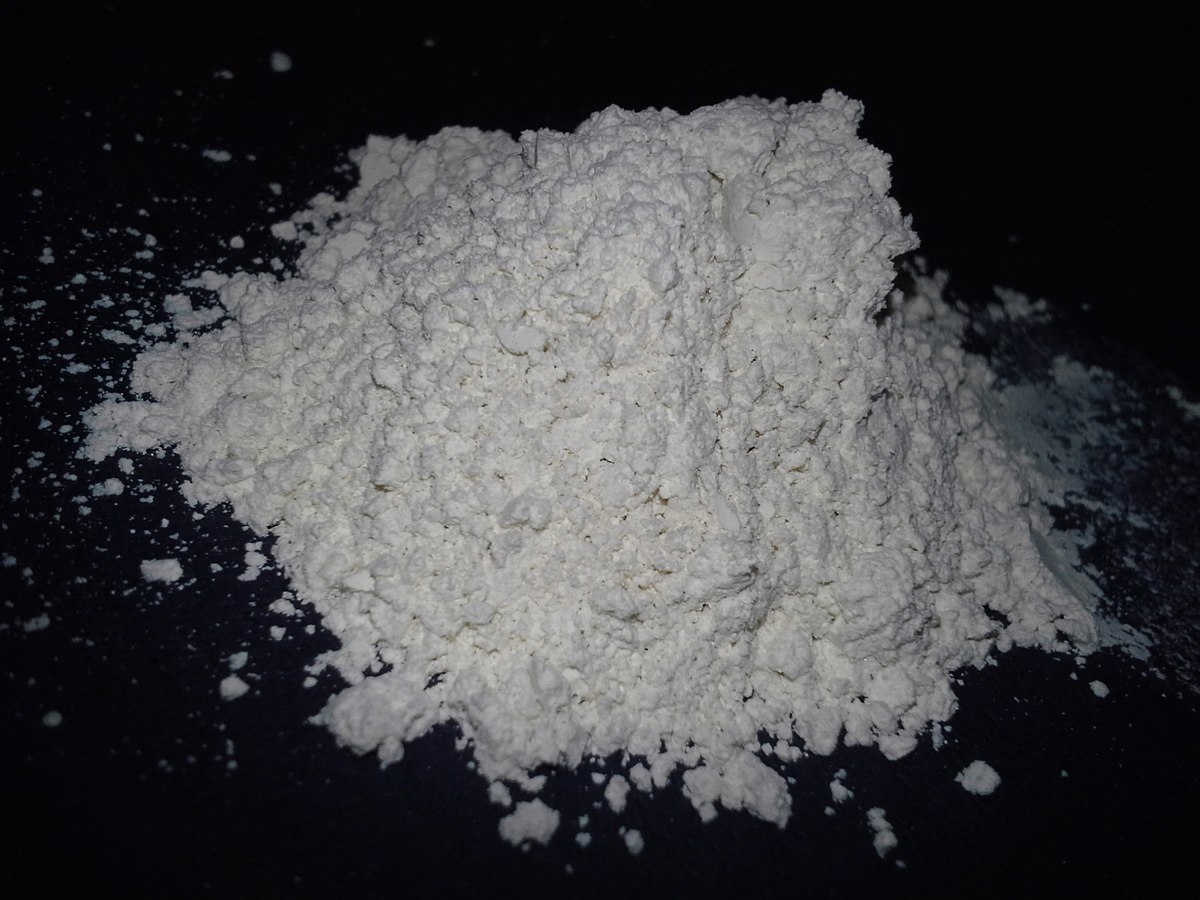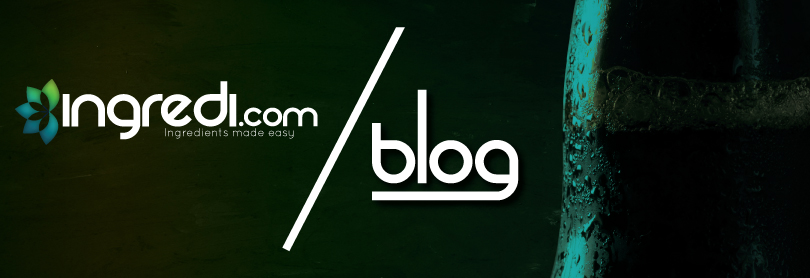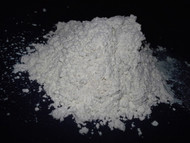What’s the difference between Food Grade Diatomaceous Earth and Pool Grade Diatomaceous Earth?
By on Jul 27th 2018

The uses for diatomaceous earth (DE) are incredibly varied. DE is used with livestock, for pest control, as a health supplement, and for industrial filtering. One thing to realize, however, is there are different grades of diatomaceous earth. Different grades of DE determine what they can and cannot be used for.
Pool Grade and FCC Grade DE
DE is made from the skeletal remains of tiny, aquatic organisms that lived in ancient bodies of water (diatoms). Today, these fossilized remains are made from a very common substance called silica. Today, silica deposits are mined and used to make diatomaceous earth products.
How diatomaceous earth is treated determines whether it’s Food Chemical Codex Grade or Pool Grade (also known as filter grade).
Pool Grade diatomaceous earth is calcined, meaning it has been heat-treated and activated for use in filters. The high temperatures further harden the diatom exoskeletons, creating a better filtering agent. This process also turns the silicon dioxide within the DE into crystalline silica. Some calcined DE products, including pool grade diatomaceous earth, can contain high concentrations. Because crystalline silica is dangerous and can be harmful to both human and animal health, Pool/Filter Grade diatomaceous earth should only ever be used for filtration.
A majority of Food Chemical Codex Grade (Food Grade) DE products, on the other hand, are uncalcined and are largely composed of amorphous silica. Food grade diatomaceous earth products contain less than 1% crystalline silica. This can be used in animal feed and for insect control. Food grade DE must also meet heavy metal content specifications: it must not contain more than 10mg/kg of arsenic and 10mg/kg of lead, otherwise it might be classified as “feed grade.”
Diatomaceous Earth Filtration
DE filtration has been used in the food and beverage industries for the past 80 years. During WII, diatomaceous earth was used to filter potable water when they needed a new water filter that could be utilized during rapid, mobile military operations. This technology was then used for pool filtering and eventually for drinking water. Today, DE filters are popular among food and beverage manufacturers because diatomaceous earth is odorless, tasteless, and chemically inert.
Diatomaceous earth is a porous powder with microscopic openings not unlike tiny sponges. While clear water can pass through with no problem, particles as small as one to three microns are trapped when trying to pass through the media.
These filters have internal elements that are coated with diatomaceous earth. These are called “filter cakes” and they strain out insoluble contaminations like dirt, dust, algae, and even some forms of bacteria. This type of filtration system is often called “precoat” filtration because it relies on a layer of DE placed on a filter element or septum. The solids separation takes place on the built-up precoat layer of diatomaceous earth.
Shop DE Filter Aids for Water Purity
At Ingredi, we know that creating a product that delivers in both taste and quality starts with the base ingredients. More often than not, the overall quality of finished products can be shaped by something as simple—yet incredibly important—as water.
We carry Celatom calcined diatomaceous earth filter aids from EP Minerals in bulk 50-pound bags that may be just what you need for all your brewing and wine-making needs.
We currently carry Celatom® Filter White (FW) flux-calcined diatomaceous earth in the following grades:
We also carry Celatom® Filter Pink (FP) calcined diatomaceous earth FP-4.
Different applications require different filter aids; however, these can be used for a number of different applications including industrial, pharmaceutical, swimming pools, and more. You can view Celaton filter applications, as provided by EP Minerals, here.
At Ingredi, we make ingredients easy. Find everything you need for your beer, wine, baking, and more when you shop Ingredi.com!
Sources:
http://www.absorbentproductsltd.com/food-grade-diatomaceous-earth-vs-pool-grade.html
http://www.nesc.wvu.edu/pdf/dw/publications/ontap/2009_tb/diatomaceous_DWFSOM39.pdf






